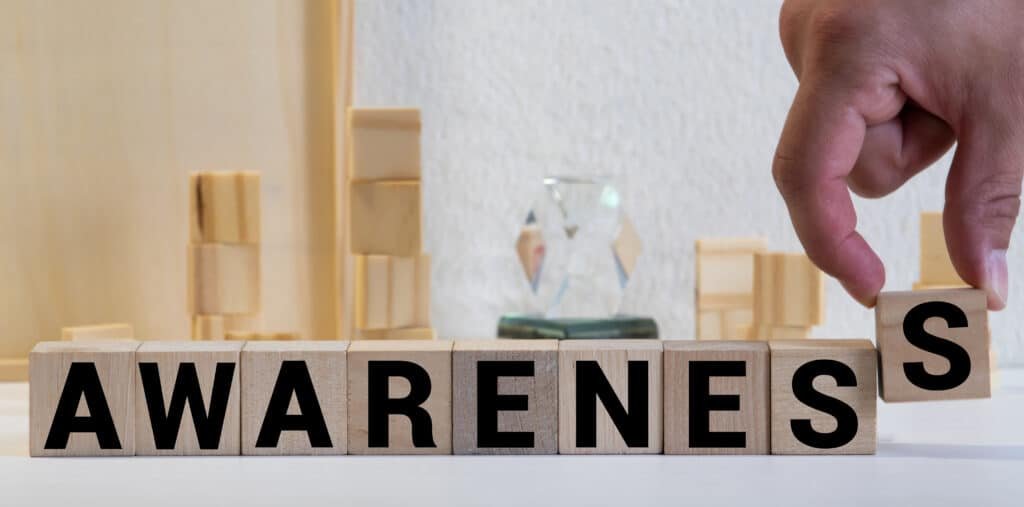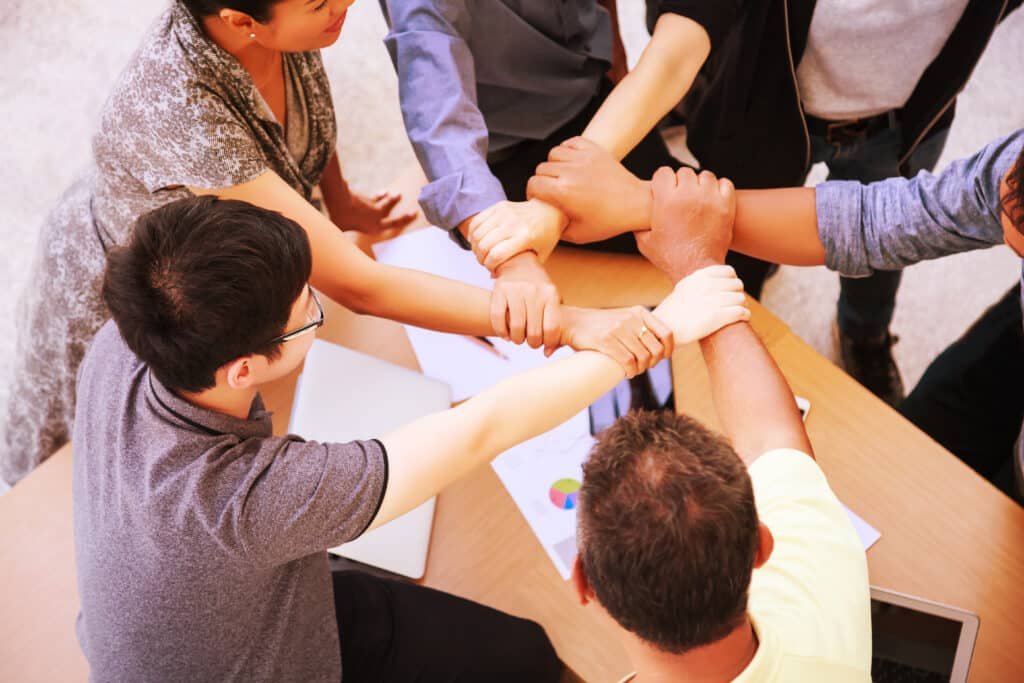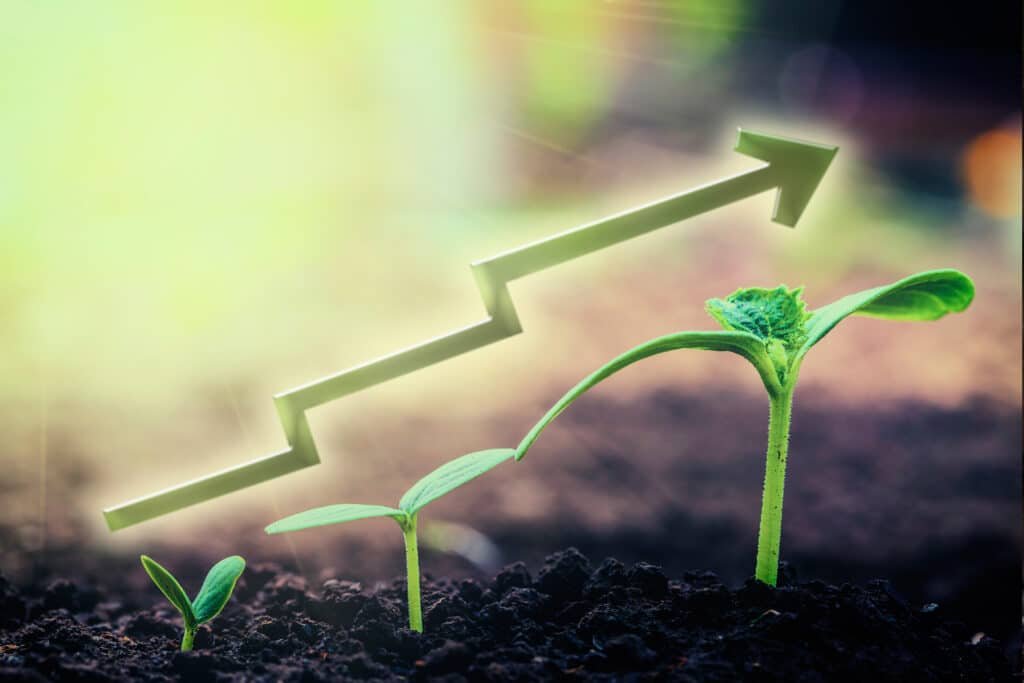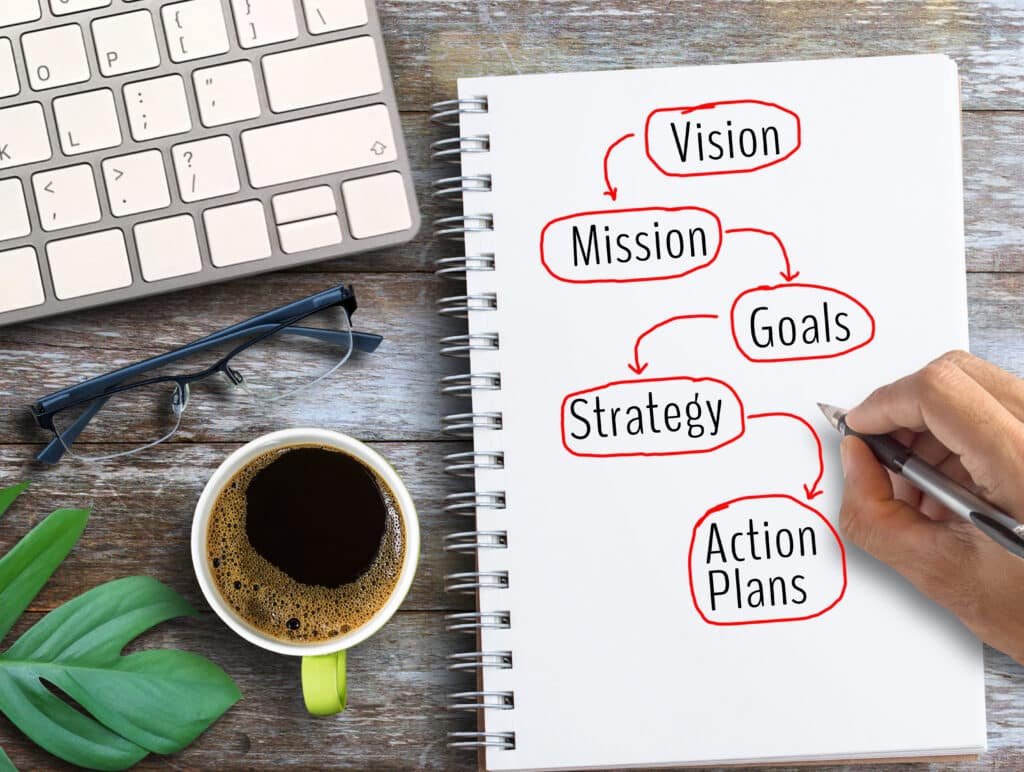The contemporary world is lively and chaotic and resilience has been a skill to be acquired, as a person and as an organization. Resilience can be described as the capacity to flex, stick together, recuperate as well as to thrive in the face of disaster, strain and change. In their quest to gain a better insight into the development of resilience, several researchers have come up with the Resilience Lifecycle Framework. This model subdivides resilience into 5 key stages, all of which play an important role in long-term flexibility and resilience building. These five stages are going to be discussed in detail in this paper and how they result in development of a strong mind.
1. Awareness: Recognizing the Need for Resilience
The Resilience Lifecycle Framework states that the first level is Awareness. This step is basic, as it involves determining the challenges and strains in our environment. One cannot begin to develop resilience without having Awareness. It is at this stage that individuals or organizations are advised to identify their weaknesses and possible areas of inadequacy.
In Awareness, people assess their current status and reflect on the challenges they have encountered in the past. Mainstream, they can identify trends and vulnerabilities that might undermine their ability to cope with stress. Examples of Awareness in an organizational setting include identifying potential risks and understanding their impact on overall well-being.
Important Takeaways:
1.Recognize your weaknesses.
2. Take into account the challenges of the past.
3. Identify the stressors that hamper resilience.
SEO keywords related to resilience awareness reveal barriers and weaknesses.

2. Acceptance: Embracing Change and Uncertainty
Acceptance is the second important step. After a person or organisation has realisedorganisation has realised that they are vulnerable and that they are facing problems and challenges, the second thing to do is to accept it. The concept of resilience does not involve escaping challenges, but rather accommodating and knowing how to adjust to them.
The Acceptance stage involves individuals quitting the struggle against the challenges and uncertainties of life. This is the stage that is usually most challenging to work through, as it involves abandoning the desire to be perfect or to have control. Learning to accept that change, failures, and misfortunes will always be a part of life will enable people to progress with a clearer and more open mind.
To the organisation, the Acceptance stage may represent the realisation of external market variability, changes in customer demands, or operational challenges. Businesses can take the initiative to prepare against such disruptions by acknowledging the fact that change is a constant occurrence and that they should be ready when it hits.
Key Takeaways:
• Accept problems and transformation.
• Let go of the need for control.
• Change resistance to acceptance.
SEO Keywords: readiness to change, the attitude to resilience, the capability to adapt to negative events.

3. Adaptation: Developing Coping Strategies
The third stage is Adaptation after Acceptance. It is at this level that individuals and groups begin devising effective coping mechanisms to manage and mitigate stressors. Resilience is primarily based on adaptation, as it turns negative situations into opportunities for improvement.
This is the stage where people are taught how to change their ways of thinking and acting so that they can react to challenges constructively. As an example, it may include stress management methods such as mindfulness, meditation, and physical exercise. At the organisational level, the adjustment may involve modifying workflows, utilising new technologies, or shifting toward new market opportunities.
The adaptation stage is concerned with being flexible and resourceful. It is at this point that persons and companies begin to flourish against all odds and become resilient in the actual sense.
Key Takeaways:
• Learn coping mechanisms to deal with badness.
• Make adjustments to behaviours and thinking.
To live through it all by adapting.

Keywords of SEO: managing stress, enhancing resiliency, and adapting behaviours.
4. Growth: Leveraging Resilience to Thrive
The turning point of the resilience lifecycle is the growth stage. At this stage, individuals or groups will start flourishing instead of languishing. Resilience does not only mean the ability to recover with resilience and develop after a tragedy.
The resilience proves to be a handy tool in the process of continued improvement in the Growth stage. People will believe in their capabilities to get past challenges and see failures as learning processes. They begin to get a psychological and emotional strength. In the same vein, companies with the ability to recover after being tripped are better placed to rise with more innovative concepts of its new workforce, and a better outlook of the future.
The stage will be able to help individuals challenge themselves, establish new goals, and perceive challenges as a way to grow themselves. With businesses, there is a higher importance to invest in innovation and maximize lessons learnt so that the corporate structure would be more resilient in the future.
Key Takeaways:
Resilience facilitates innovation and growth.
And opportunity seize upon obstacles as developmental opportunities.
• Open up the organizational or a personal boundary through resilience.

SEO words: attitude to growth, flourish after hardship, and resilience.
5. Renewal: Maintaining Long-Term Resilience
Renewal is the last phase of the Resilience Lifecycle Framework. This step emphasises the importance of being resilient in the long run, avoiding burnout, and remaining adaptable to face future challenges that individuals and organisations may encounter.
During the Renewal stage, people look back on how they have grown and how resilient they are and take some steps to recharge and rejuvenate their energies. Self-care, seeking support from others, and continuous learning are key practices that characterize this stage of development. Organisational renewalOrganisational can be addressed by reevaluating long-term objectives, re-strategisingre-strategising, and ensuring that resources are utilisedutilised efficiently and effectively.
Resilience may decline as time goes by without Renewal. This step further makes it clear that resilience is not something that an individual attains once. Through resilience, individuals and organizations become resilient to the challenges they may face in future, thereby strengthening their resilience so that they can and will constantly address problems.
Key Takeaways:
• Resilience should be continuously fostered and renewed.
• Take care of yourself and look for assistance.
• Examine and reconsider long-term plans.
Long-term resilience, sustaining resilience, and self-care for resilience are SEO keywords.

Conclusion: Embracing the Resilience Lifecycle Framework
The Resilience Lifecycle Framework is a comprehensive view of resilience and its process. By experiencing the 5 phases; Awareness, Acceptance, Adaptation, Growth and Renewal, individuals and organizations can become resilient resulting in prosperity even in the face of adversity.
Each tier of the framework is designed on the last one to create a cycle of development, adaptation and Renewal and be stronger in the long run. As an individual who desires to develop as a human being or as an organisation that seeks to stay afloat in the competitive market, embracing this model might see you gain the necessary power of surviving in the ever-changing world.
It is not merely that you can be able to overcome the life difficulties with the help of these steps and incorporating resilience in everyday life, but you can also move on it as stepping stones to the life growth and success.





